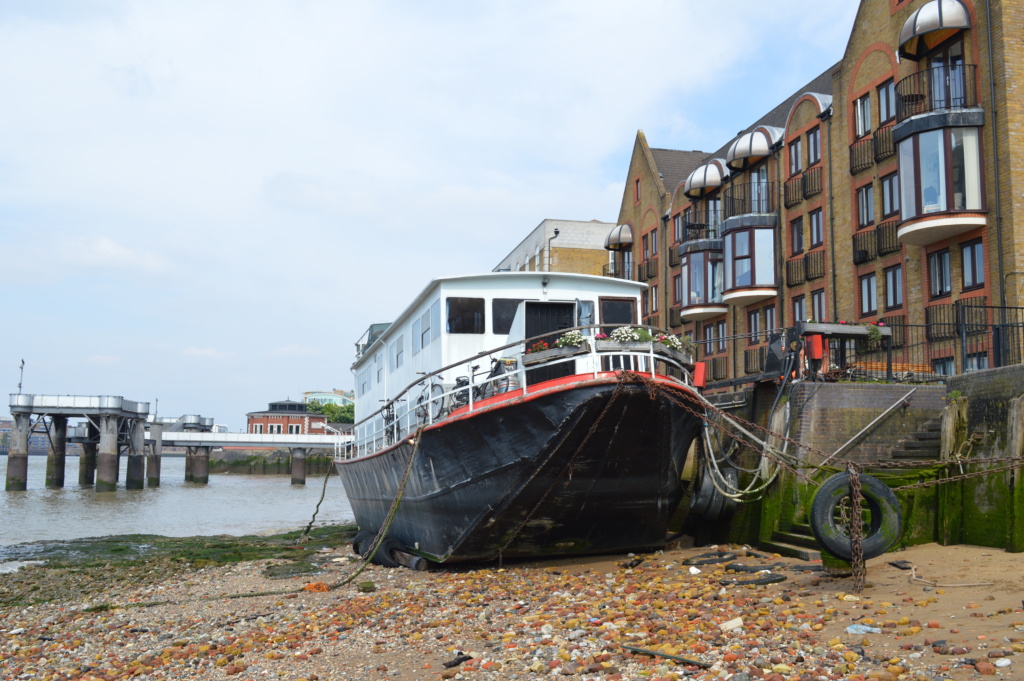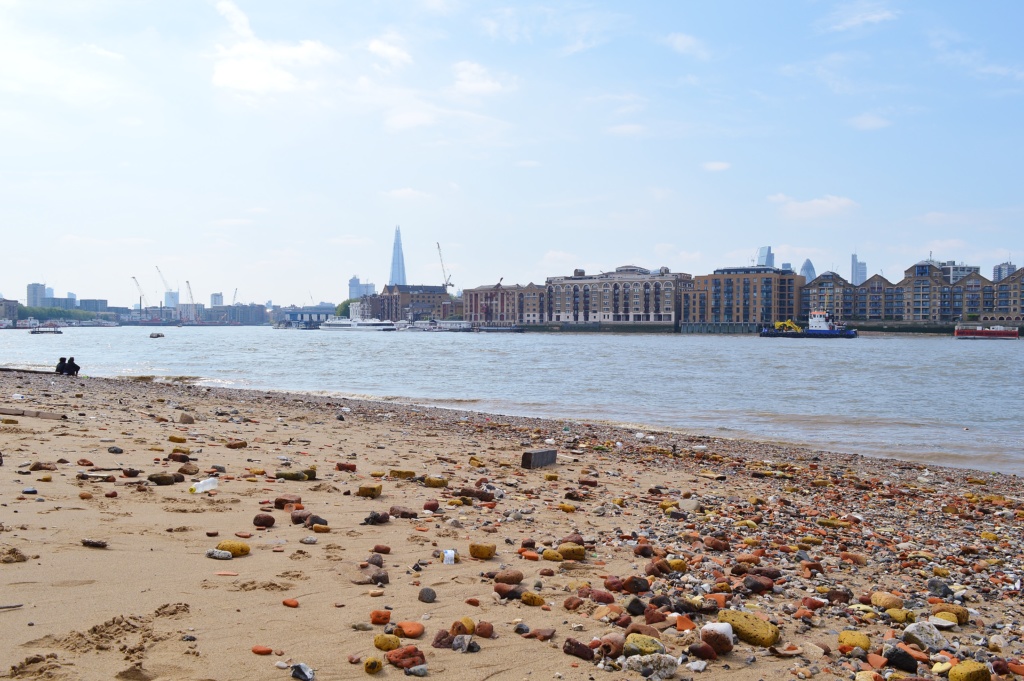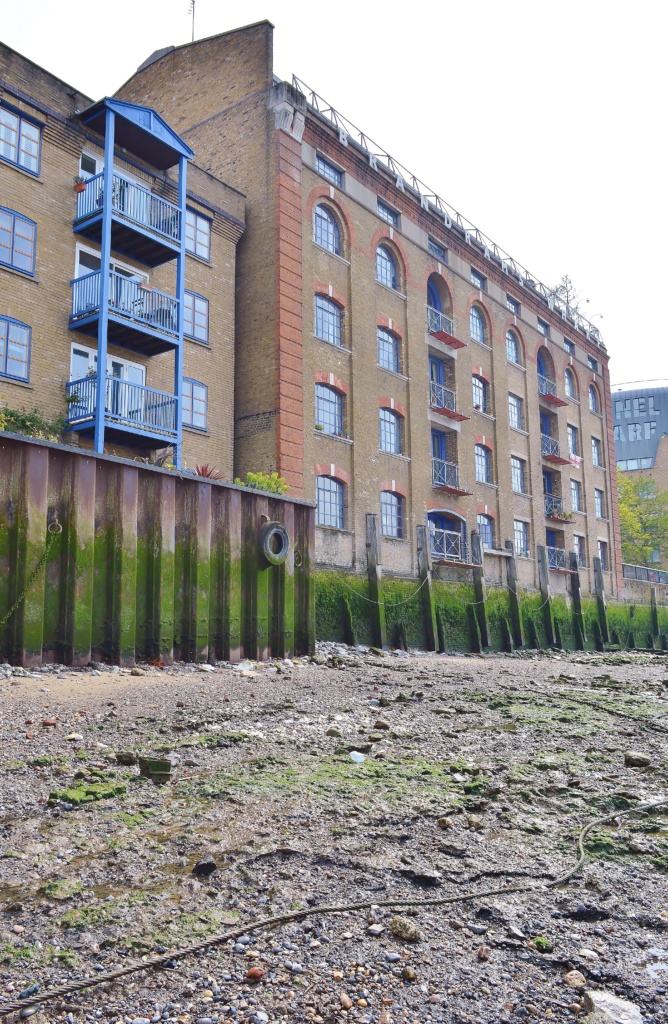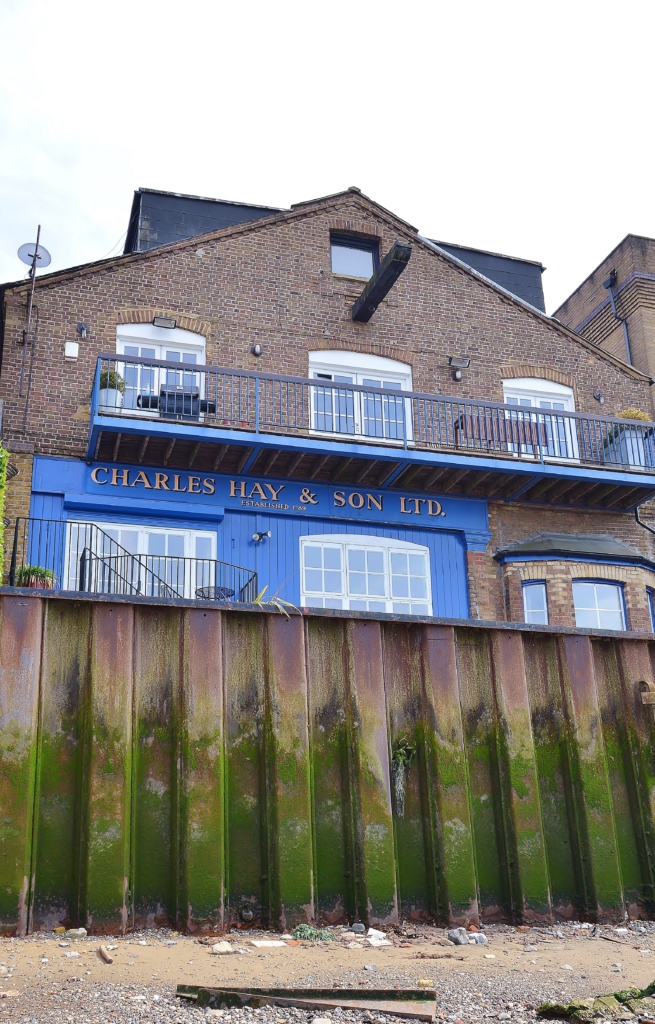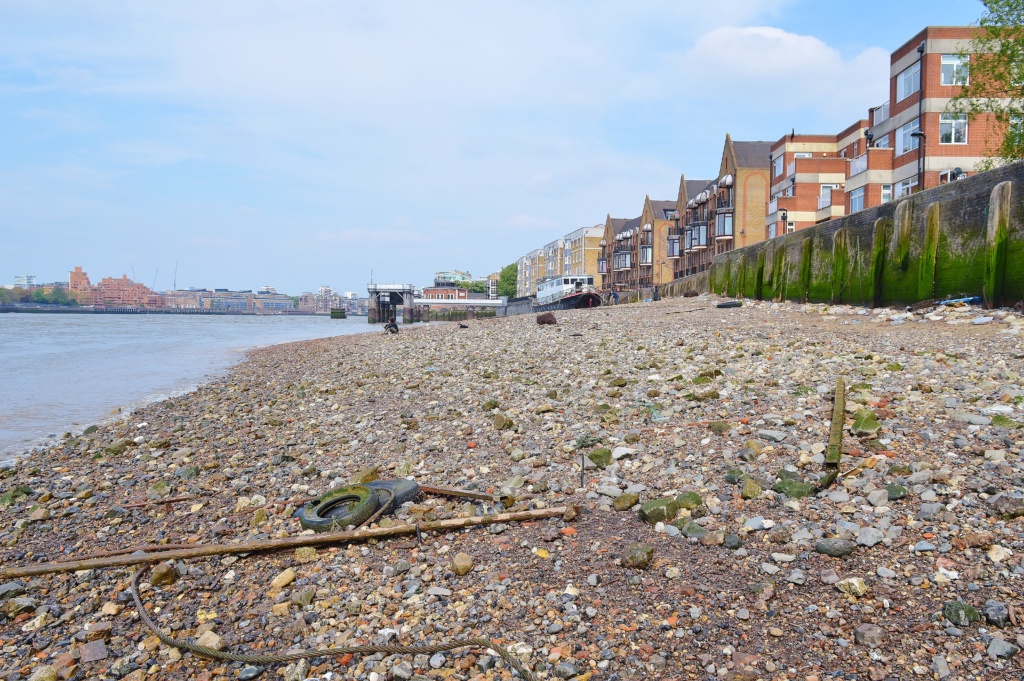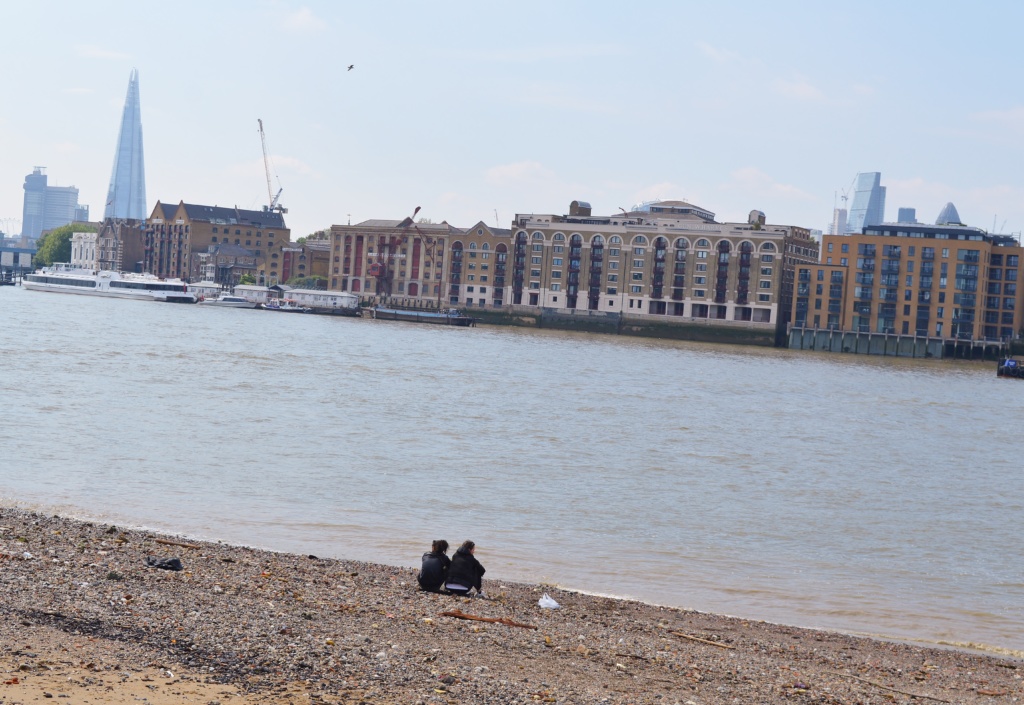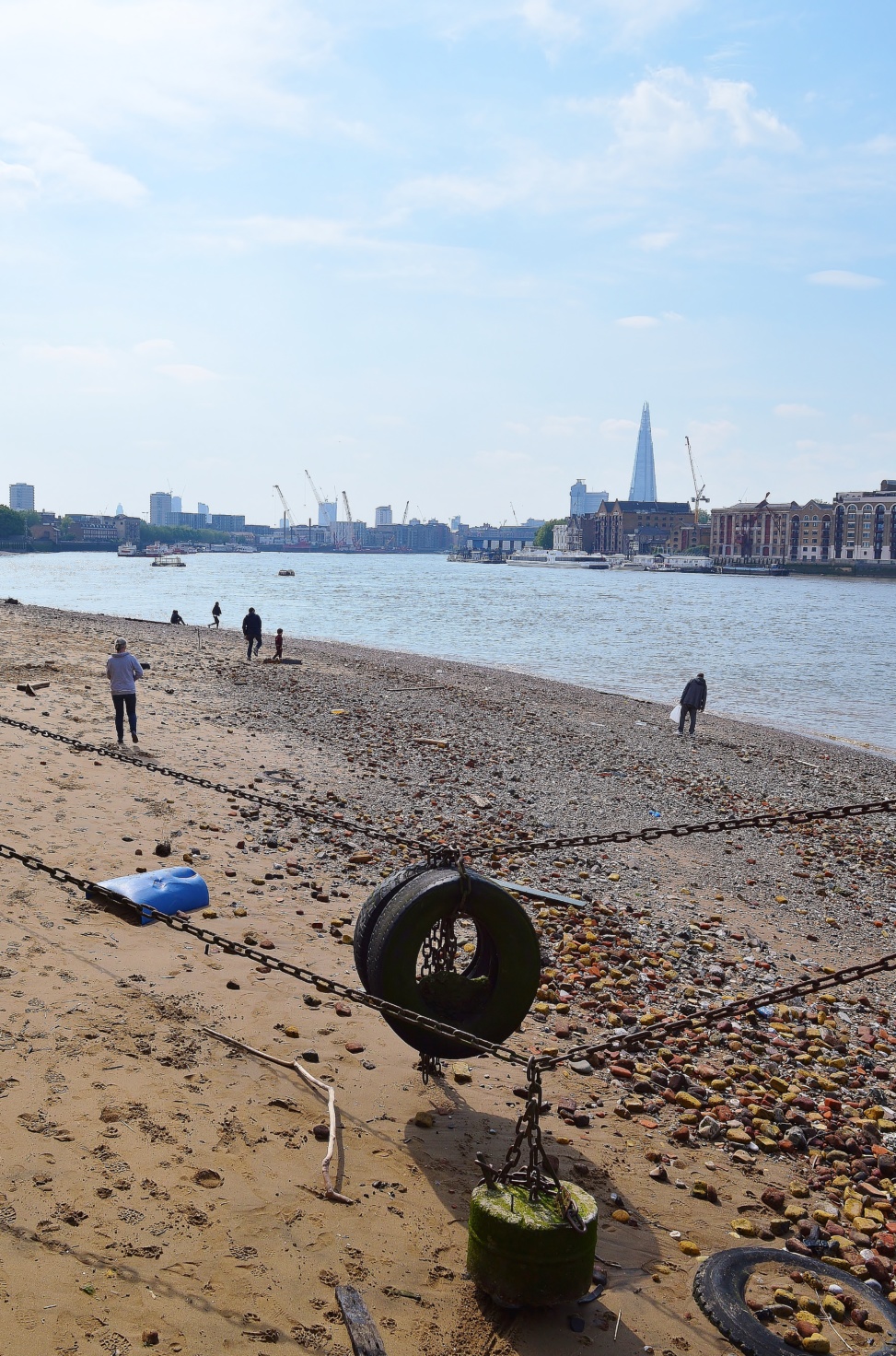If one of London’s dockers – say Danny Baker’s Dad, Spud, from the excellent Cradle To The Grave TV series – came back from even fifty years ago he would be baffled and amazed by how empty and unused the river is these days. He’d also struggle to find a single dock as he would have known them.
London’s docks and commercial landing places, which for two thousand years were its heartbeat, are all closed and most have been filled in or turned into marinas. The activity and business of landing goods and produce from all over the world has moved to other places. With the docks gone, the only real traffic on old River Thames these days is a small number of pleasure craft transporting tourists or run as rich peoples’ playthings.
The local dockland neighbourhoods are also much changed as city workers and hipsters have had their heads turned by the great central location and the Georgian and Victorian housing stock of these areas. Our docker would tear his hair out at all the pubs that have closed or moved upmarket beyond his wallet or indeed taste. “Five pounds a bleeding pint! You can take a running jump, old son.” House prices have gone up. People have moved out to make room for the newcomers with money.
Take Rotherhithe as a case in point.
The busy docks that attracted the violent attention of the German Luftwaffe in the last Great War and emerged bloodied but unbowed from it were largely filled in as part of the 1980’s regeneration of London’s Docklands. Gone. The once rough and ready neighbourhoods that grew up around them have been – or will be – gentrified and the old cockney way of life has been all but squeezed out of the area. It’s no longer easy to get Jellied Eels round here.
There’s still a great deal to enjoy about the new Rotherhithe that is being born but it is unlikely to inspire songs, books and films like the old industrial version. The romance of Rotherhithe’s industrial past casts a shadow across the new community and gives it cachet and a vocabulary for real estate developers to market their properties but only as a long extinguished star’s light still travels despite the star being no longer there.
But, despite the lack of big boats and commercial bustle, the Thames retains, in its essential character, links back to older, even Roman times.
Because when the the tide goes out and the river contracts and narrows, the beaches that line the Thames pop up as if memories of the old city that can never be completely erased.
And people react to the appearance of the beaches by doing what they have always done when the Thames reveals its hidden sectrets; they go and look to see what the river has left behind.
Until the twentieth century, people used to scavenge a meagre living alongside what would have then been a filthy river carrying vast amounts of human and industrial waste out to sea. They would sell whatever they could of the trinkets they had dug out of the riverside mud and sand. Mudlarking they called it. I think they would likely have experienced more mud than larks.
The river is much cleaner now. Pollution is largely gone. People still scavenge on these London beaches. An older lady I spoke to on the beach at Rotherhithe, where I had sat down to enjoy the Spring sunshine after a long walk along the river, comes down to “her” beach every single day and always takes home a bag of treasure including interesting shells, stones, bits of pottery and glassware (some surprisingly old). She has found jewelry and old trainers and even weapons. She also finds company; the beach attracted other modern mudlarkers on the day I was there as well as other people playing cricket or just sitting on the sand staring out at the river. It’s quite sociable.
Being on these beaches connects you back to the mudlarks described by Dickens and beyond through the millenia of the city’s existence to when the Romans established their British capital here (probably taking over an existing settlement) and set about engineering a bridge across the river. What chance a roman citizen, perhaps from the Caucus or Ancient Egypt or Gaul walking on such a beach, picking up a stone and throwing it into the cold Thames while thinking of the warmer climes of his birthplace? Pretty high I’d say.
The sign of Charles Hay and Son on a wharehose that backs onto the beach reveals a trace of the more recent past of Rotherhithe. The Hays were barge builders of note and long standing; leading members of London’s significant boat building community in the eighteenth and nineteenth centuries. The business is long closed – the sign is a ghost from the past no matter how often and how recently repainted – and no barge has been built here for a century.
I wasn’t the only person sitting down. Two lovers sat tight together sharing a bottle and watching the tide go by, oblivious to the cricket and mudlarking behind them, like two characters in a song by Ray Davies.
